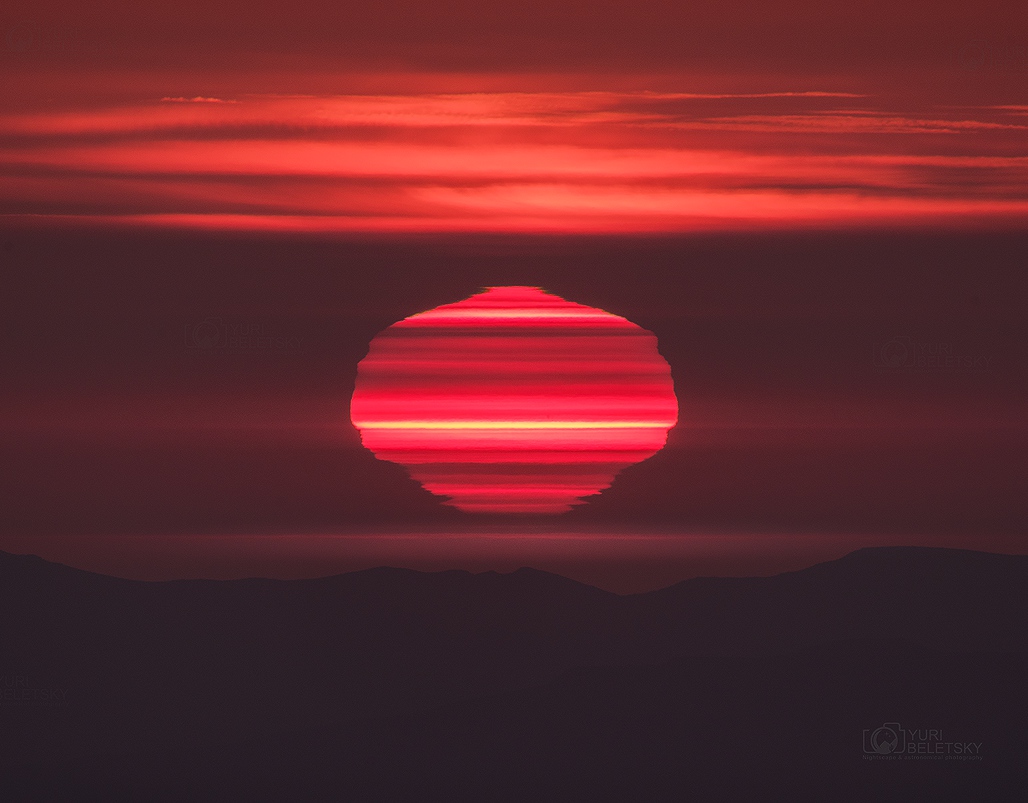There are advances being made almost daily in the disciplines required to make space and its contents accessible. This blog brings together a lot of that info, as it is reported, tracking the small steps into space that will make it just another place we carry out normal human economic, leisure and living activities.
Friday, 20 January 2017
'Our Place In Space:' Astronomy and Art Combine in Brand New Hubble-Inspired Exhibition
Since the dawn of civilization, we have gazed into the night sky and attempted to make sense of what we saw there, asking questions such as: Where do we come from? What is our place in the universe? And are we alone? As we ask those questions today and new technology expands our horizons further into space, our yearning for their answers only grows. Since its launch in 1990, NASA's Hubble Space Telescope has continued this quest for answers while orbiting Earth every 90 minutes. Hubble has not only made countless new astronomical discoveries, but also brought astronomy to the public eye, satisfying our curiosity, sparking our imaginations, and greatly impacting culture, society, and art.
A new traveling exhibition, "Our Place in Space" features iconic Hubble images. It presents not only a breathtaking pictorial journey through our solar system and to the edges of the known universe, but also Hubble-inspired works by selected Italian artists. By seamlessly integrating perspectives from both artists and astronomers, the exhibition will inspire visitors to think deeply about how humanity fits into the grand scheme of the universe. Before moving to other venues, the exhibition will be on display from February 1 to April 17, 2017, in the Istituto Veneto di Science, Lettere ed Arti, Palazzo Cavalli Franchetti, on the banks of the Grand Canal in Venice, Italy. For more information about the traveling exhibition and Hubble, visit: http://www.spacetelescope.org/news/heic1701.
via Hubble - News feed
http://hubblesite.org/news_release/news/2017-04
Layer Cake Sunset
 On January 18 a tantalizing sunset was captured in this snapshot. Seemingly sliced into many horizontal layers the Sun shimmered moments before it touched the horizon, setting over the Pacific Ocean as seen from the mountaintop Las Campanas Observatory in Chile. Pink hues of filtered sunlight were created by the long sight-line through the hazy atmosphere. But the remarkable layers correspond to low atmospheric layers of sharply different temperature and density also along the line of sight. Over a long path through each layer the rays of sunlight are refracted strongly and create different images or mirages of sections of the setting Sun.
On January 18 a tantalizing sunset was captured in this snapshot. Seemingly sliced into many horizontal layers the Sun shimmered moments before it touched the horizon, setting over the Pacific Ocean as seen from the mountaintop Las Campanas Observatory in Chile. Pink hues of filtered sunlight were created by the long sight-line through the hazy atmosphere. But the remarkable layers correspond to low atmospheric layers of sharply different temperature and density also along the line of sight. Over a long path through each layer the rays of sunlight are refracted strongly and create different images or mirages of sections of the setting Sun.Zazzle Space Gifts for young and old